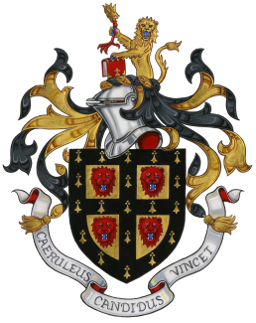The Court of Chivalry in Stuart Heraldry
Mountbatten Lecture, 2008
The Court of Chivalry was an important element of seventeenth-century debates about the nature of English law, and, therefore, of the English constitution. Heraldic books, which were published under the Stuarts, often took a stance on it. Yet, neither the Court of Chivalry nor Stuart heraldry figure prominently in intellectual histories of seventeenth-century England.
The aim of this year’s Mountbatten lecture is twofold. First, it draws attention to the political implications of antiquarian research into the Court of Chivalry which Stuart legal experts pursued in order to limit the King’s absolute power. Secondly, it investigates the contribution of Stuart heraldic books to seventeenth-century discussions on the law of arms, and, more generally, on the ancient constitution of the realm.
The lecture will start by taking heed of the legal and political nature of heraldry. This will entail a short reconstruction of the origins of heraldry and its connections to the rediscovery of Roman law in the late Middle Ages. Next, an overview of the civilian workings of the Court of Chivalry will help to usher in the issue of Stuart constitutional discussions, and especially those revolving on the common law. Focussing on possibly the most successful Stuart heraldic book, namely, Elias Ashmole’s Institutions, Laws and Ceremonies of the most noble Order of the Garter (London, 1672) the lecture will provide an exemplary story about the Court of Chivalry in Stuart heraldry.
Thus, this year’s lecture will honour the memory of Lord Mountbatten, First Sea Lord and Knight of the Garter, by recalling the Court of Chivalry, which was the sister civilian Court to the Court of Admiralty, over which he presided. Moreover, it will do so by looking at ‘the’ reference work on the Order of the Garter of which Lord Mountbatten was himself a fellow.
Dr. Vittoria Feola
Université libre de Bruxelles
vittoria.feola@cantab.net
